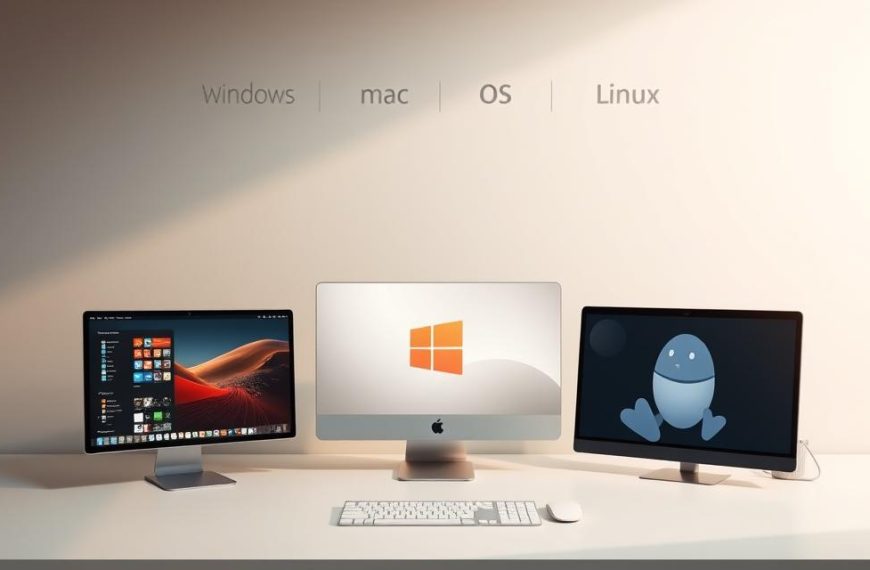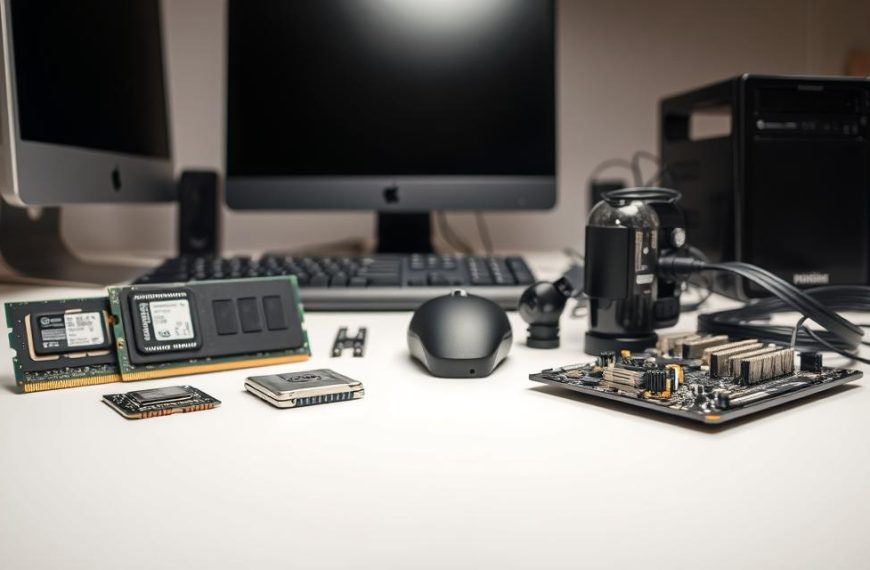In today’s world, keeping data integrity is key in the pharmaceutical and healthcare fields. The accuracy of digital system data is vital for patient safety and product quality.
Computer system validation is a detailed plan to make sure electronic systems work right. It checks if technology gives accurate and consistent results as expected.
The CSV process covers the whole life of a system, from planning to use and updates. It includes thorough tests like installation, operational, and performance checks.
In the life science world, strong validation is not just a choice. It’s a must for following rules and ensuring quality.
Good validation shows that computer systems always give trustworthy data. This helps in making important decisions and keeps data risks away.
What is Computer System Validation in Life Science
Computer system validation is key in life sciences. It makes sure tech systems meet high quality standards. This method ensures systems work well and reliably in places where rules are strict.
Defining Computer System Validation
CSV is a detailed process that checks if a computer system does what it’s supposed to. In life science, it shows systems give accurate results and keep data safe.
CSV is more than just checking if systems work. It involves tests, documents, and checks to make sure systems work as they should. This careful method helps follow rules all through a system’s life.
Key Objectives of Validation
Validation aims to be sure computer systems work well and give good results. It makes sure systems keep data safe and accurate over time.
The main goals of validation are:
- Checking if systems do what they’re meant to
- Seeing if systems work the same every time
- Following rules set by regulators
- Keeping detailed records and documents
These goals help keep data safe and follow rules. Good validation means systems like MES and LIMS work right in the pharmaceutical and medical device fields.
| Validation Objective | Primary Focus | Regulatory Importance |
|---|---|---|
| System Accuracy | Data precision and correctness | Ensures reliable decision-making |
| Process Consistency | Repeatable performance | Maintains product quality standards |
| Security Compliance | Data protection measures | Prevents unauthorized access |
| Documentation Integrity | Complete audit trails | Supports regulatory inspections |
Knowing these basics helps understand computer system validation in life science. The validation process is key for keeping products safe and quality high throughout their life.
Regulatory Framework and Standards for CSV
Understanding international regulations and standards is key to navigating the complex world of computer system validation. These guidelines help life sciences organisations stay compliant and protect data integrity in all computerised systems.
FDA Requirements for Computer System Validation
The US Food and Drug Administration’s 21 CFR Part 11 sets important rules for electronic records and signatures. It requires organisations to control the authenticity, confidentiality, and integrity of electronic data.
Important points include audit trails, system validation, and electronic signature rules. Companies must show their systems always produce accurate results as expected.
Following FDA 21 CFR Part 11 means keeping detailed records throughout a system’s life. Organisations need to document validation activities and ongoing system checks.
International Standards and Their Impact
The European Union’s Annex 11 gives extra guidelines for computerised systems in medicinal product making. It stresses the importance of risk-based validation and regular system checks.
GAMP 5 (Good Automated Manufacturing Practice) offers a clear way to achieve compliant systems. It uses a risk-based approach to help organisations use their resources wisely.
The ICH Q9 guideline supports quality risk management. These standards together improve regulatory compliance and encourage innovation and efficiency.
These standards form a strong global framework for computer system validation. Companies working across borders benefit from consistent rules that make compliance easier in different places.
The Role of CSV in Ensuring Data Integrity
Data integrity is key to following rules in life sciences. It keeps electronic records safe and reliable. This is vital for patient safety.
CSV support goes beyond just checking if systems work. It covers the whole life of data, from start to end. This way, data stays complete and unchanged, avoiding big problems.
Principles of Data Integrity: ALCOA+
The ALCOA+ framework is the top standard for checking data quality. It builds on the original ALCOA to tackle today’s digital issues:
- Attributable: Data must clearly show who created it and when
- Legible: Information must be readable throughout its retention period
- Contemporaneous: Records should be created at the time of the activity
- Original: Systems must preserve first recordings or certified copies
- Accurate: Data must be correct, truthful and complete
- Complete: All information must be present without deletion
- Consistent: Data should be sequentially recorded without contradictions
- Enduring: Records must persist for required retention periods
- Available: Information must be accessible for review when needed
These principles are what systems are checked against. Each check makes sure systems keep data safe and sound.
How Validation Supports Data Integrity Measures
Validation turns ALCOA+ into real steps to keep data safe. It tests systems to make sure they can’t be changed without permission. It also keeps a full record of all actions.
Validation checks if systems give accurate data. It tests if automated processes work right, without any mistakes. This makes sure we can trust the data.
CSV also helps by keeping records of how systems work. Validation reports show systems were set up right and work as they should. This stops data problems before they start.
Keeping systems validated means they stay safe over time. Regular checks make sure systems keep data safe, even after changes.
Key Stages of the Computer System Validation Process
Creating a strong computer system validation plan needs careful planning and action in several stages. Each step builds on the last, making a solid plan for following rules and making sure the system works well.
Planning and Requirements Definition
The first step in validation is planning well. Companies make a Validation Master Plan (VMP) that shows their validation strategy, what needs to be done, and who is responsible.
It’s important to have a User Requirement Specification (URS) in this phase. This document outlines all the system’s needs from both business and legal points of view. It acts as a guide for all validation steps.
Getting the requirements right means the system will meet its operational and legal needs from the start.
Testing and Qualification Phases
The main work of validation happens in the testing and qualification stages. These tests check if the system works as planned under different situations.
Installation Qualification (IQ)
Installation Qualification checks if the system is set up right according to the maker’s rules and design papers. It makes sure:
- The hardware and software are installed correctly
- The network settings are right
- The environment is suitable
- All documents are received
Operational Qualification (OQ)
Operational Qualification tests show the system works as needed. It includes:
- Testing all system functions
- Checking error detection
- Verifying security features
- Testing under normal use
Performance Qualification (PQ)
Performance Qualification is the last test, showing the system works well in real use. PQ tests include:
- Testing with real data and loads
- Checking system performance under stress
- Verifying data safety
- Testing backup and recovery
The IQ OQ PQ sequence is key to system qualification. It proves the system is installed and works right.
Documentation and Reporting Essentials
Good documentation is key for following rules. Each validation step needs detailed records to show it meets the rules.
Important documents are:
- Validation protocols and test cases
- Test results and any issues found
- Links between requirements and tests
- Standard Operating Procedures (SOPs)
- A final validation report
Good records help show compliance during checks and audits. They also help with any future changes or updates to the system.
The whole validation process is a complete way to ensure system reliability and follow rules. Each step helps build trust in the system’s performance and data safety.
Common Challenges in Implementing CSV
Life science companies face big hurdles when they try to implement computer system validation. These challenges can be tough, even for well-prepared teams. They need careful planning and the right resources to succeed.
Resource and Budget Limitations
One major challenge is not having enough resources. Many companies find it hard to get the right people, time, and money for validation.
Smaller companies often face high compliance costs. They also need special skills for validation, which adds to the financial burden. They must find a balance between doing a good job and staying within their budget.
As one expert said:
“The gap between what regulators want and what companies can do is the biggest challenge in validation.”
Keeping Pace with Technological Advances
Fast changes in technology add to the challenge. New systems and updates need constant validation, which can be tough for companies.
The speed of new tech often leaves validation behind. This creates a problem between using the latest tech and following rules. Companies need flexible plans for validation.
Cloud and AI technologies are making things even harder. They need new ways to validate that many companies are working on.
| Challenge Type | Common Issues | Potential Solutions | Impact Level |
|---|---|---|---|
| Resource Limitations | Insufficient staff, budget constraints | Phased implementation, external consultants | High |
| Technology Advances | Rapid system updates, new platforms | Automated testing, change control procedures | Medium-High |
| Regulatory Complexity | Evolving standards, multiple jurisdictions | Regular training, compliance software | Medium |
| Documentation Burden | Extensive record-keeping requirements | Electronic documentation systems | Medium |
To overcome these challenges, companies need a good plan and dedication. Those that tackle these issues head-on are more likely to succeed in the long run.
Conclusion
Computer system validation is key in life sciences. It keeps data safe and follows rules. A careful plan using the SDLC and qualification phases makes systems reliable.
The role of validation is clear. It stops big losses and keeps patients safe. Companies meet FDA and global standards, getting many benefits.
The future of CSV looks bright. Trends like Computer Software Assurance are coming. CSA will make validation quicker and more focused on risks. This change will help us keep up with new tech.
This summary shows that strong validation is a must. It’s vital for quality and safety in our field.

















